Crisp, light batter encasing tender seafood and vegetables-tempura ranks among Japan’s most iconic dishes. However, did you know that it actually has its roots in Portugal? In the 16th century, Portuguese traders introduced Peixinhos da Horta, bringing deep-frying techniques to a culture that had never before cooked that way.
Over centuries, Japanese chefs transformed this foreign concept into an art form all their own. Join my tempura tour as I share recipes that tell this delicious story of cultural exchange and evolution.
1. Authentic Japanese Tempura Batter
This authentic tempura batter recipe offers a light and crispy batter made from chilled flour, egg, and water. It’s designed to enhance the natural flavors of various ingredients without overpowering them. The batter is simple, and that makes the texture delicate, airy, and satisfying.
It’s great for experimenting with different ingredients, and the texture is always nice and light, which goes well with a variety of flavors.
2. Chicken Tempura (Toriten)
Toriten is a specialty from Oita, Kyushu, featuring marinated chicken breast coated in a special light, crispy tempura batter. The chicken is tender and flavorful, thanks to a marinade of soy sauce, garlic, ginger, sake, and sesame oil.
It’s served with a tangy citrus dipping sauce made from kabosu juice, soy sauce, and rice vinegar.
3. Tendon (Tenpura Rice Bowl)
You’re going to love the combination of crispy tempura and fluffy rice in this tendon recipe. The homemade sauce adds a rich, umami flavor that goes perfectly with the tempura. It’s a simple yet satisfying meal that’s easy to make at home.
Tendon shows how flexible tempura can be, using ingredients you wouldn’t normally expect!
Shrimp Tempura (Ebiten)
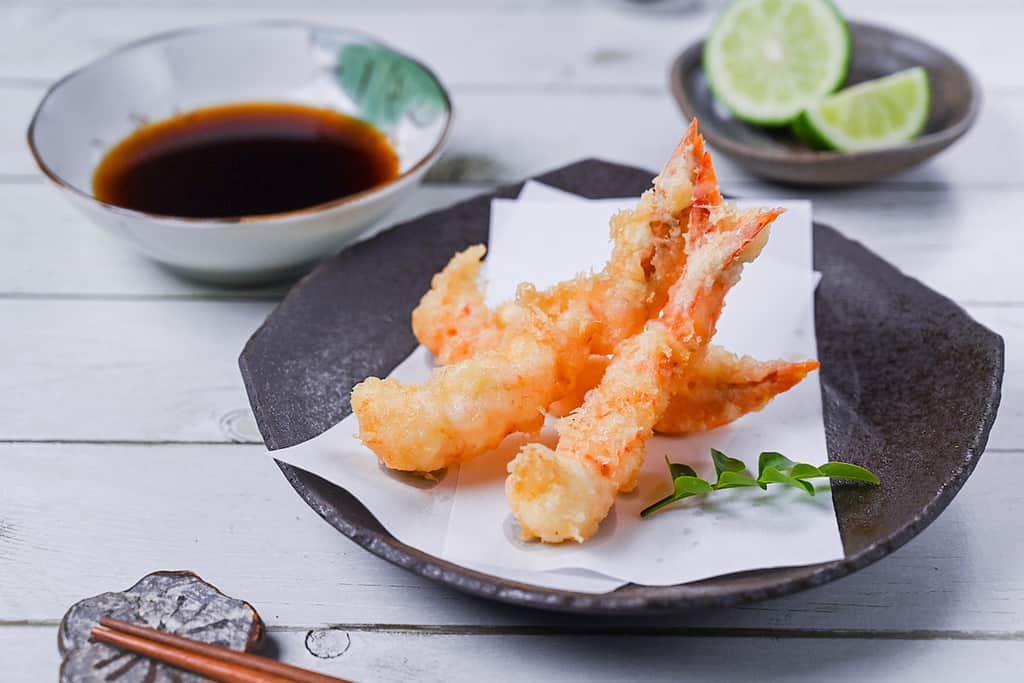
In this ebiten recipe, we take care to clean, devein, and straighten large shrimp to get the perfect texture. They’re dipped in a cold batter made with cake flour, cornstarch, and sparkling water, then fried until they’re light and crispy.
The process makes sure the shrimp have a nice, non-greasy finish that lets you really taste the shrimp.
4. Kakiage (Mixed-Vegetable Tempura)
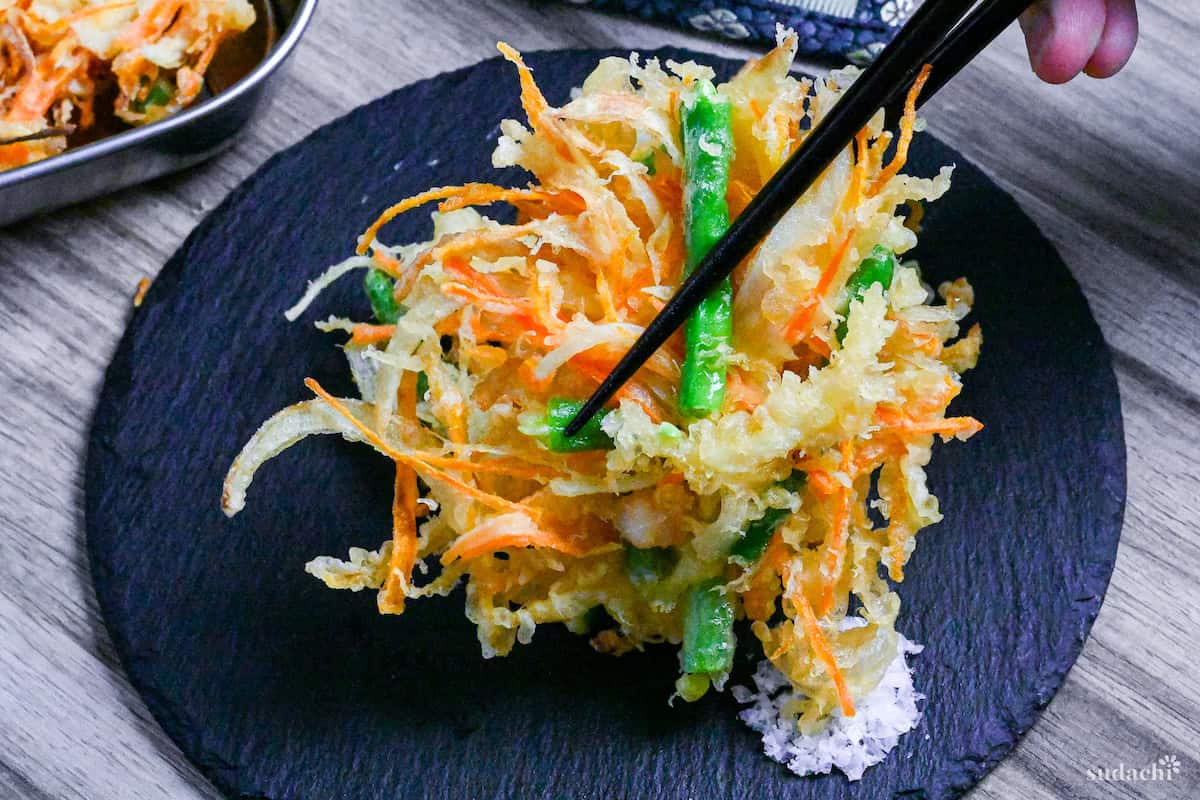
This kakiage recipe combines thinly sliced vegetables and seafood to create a harmonious blend of flavors. The batter’s lightness makes the natural taste of the ingredients stand out without overpowering them. It’s golden brown and looks and tastes great.
Its customizable nature encourages your creativity, making it a standout in Japanese cooking.
5. Eggless Vegetarian Tempura Batter (Shojin Age)

This shojin age recipe presents a vegan-friendly tempura using an eggless batter that remains crisp and delicate. The inclusion of rice vinegar and baking powder ensures a non-greasy finish.
Paired with matcha salt, it provides a refreshing twist to the usual tempura.
6. Anago no Tempura (Conger Eel Tempura)

You’ve got to try the delicate taste of conger eel wrapped up in a crisp tempura batter. The preparation involves a thorough cleaning process, including salt scrubbing and hot water treatment, to ensure the eel’s purity and flavor.
The end result is a tender, flavorful dish that’s both satisfying and light.
7. Tempura Soba Noodle Soup

Tempura Soba combines hot dashi broth with chewy buckwheat noodles, topped with crispy tempura shrimp and vegetables.
Garnished with green onions, kamaboko fish cake, and wakame seaweed, this dish offers a harmonious blend of flavors and textures.
8. Tempura Dipping Sauce (Tentsuyu)
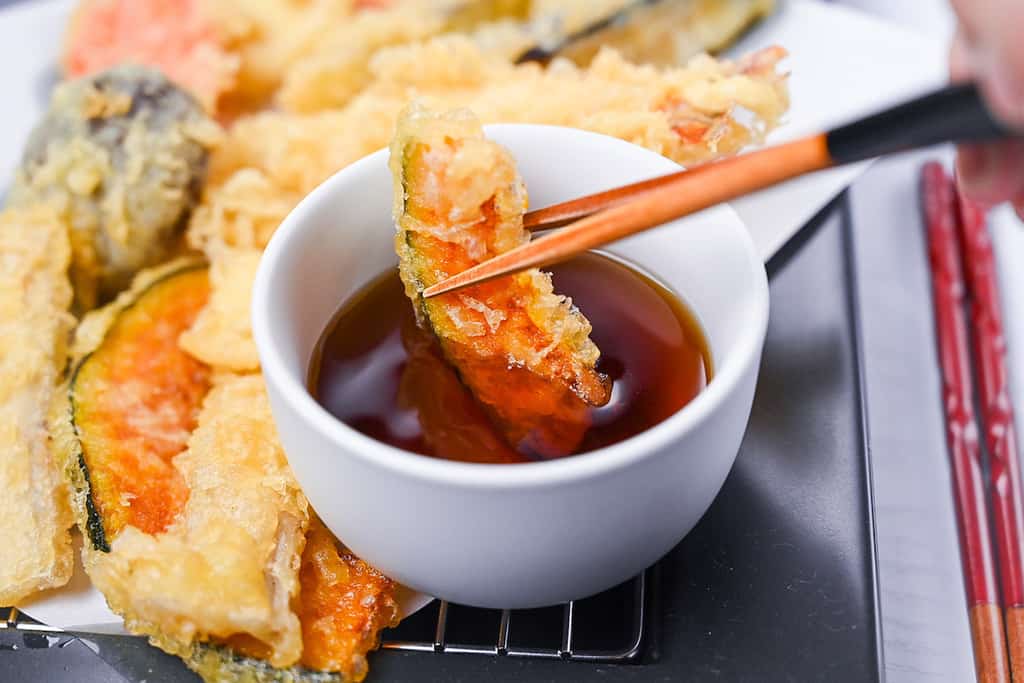
This simple tempura dipping sauce is a blend of dashi broth, soy sauce, and mirin, and it achieves a delicate balance of savory and sweet.
It’s got a nice balance of flavor, and it’ll make all your different tempura dishes taste even better. It’s a great thing to have in your Japanese cooking toolkit.
9. Lotus Root Tempura (Renkon no Tempura)

Lotus root’s natural crunch and beautiful holes go perfectly with the airy coating. I love how the crunchy texture pairs with the crispy tempura batter.
This is one of my favorite tempura ingredients because it shows that tempura can be more than just vegetables and shrimp. Its unique texture and look make it a great addition to any tempura spread.
10. Homemade Tempura Flakes (Tenkasu/Agedama)

Use this simple method to turn your leftover tempura batter into golden, crispy tenkasu.
When you drop the batter into hot oil, you get these light, airy flakes that make any dish crunchy and satisfying. It’s a great way to get the most out of your ingredients.
11. Shrimp Tempura Udon Noodle Soup (Ebiten Udon)
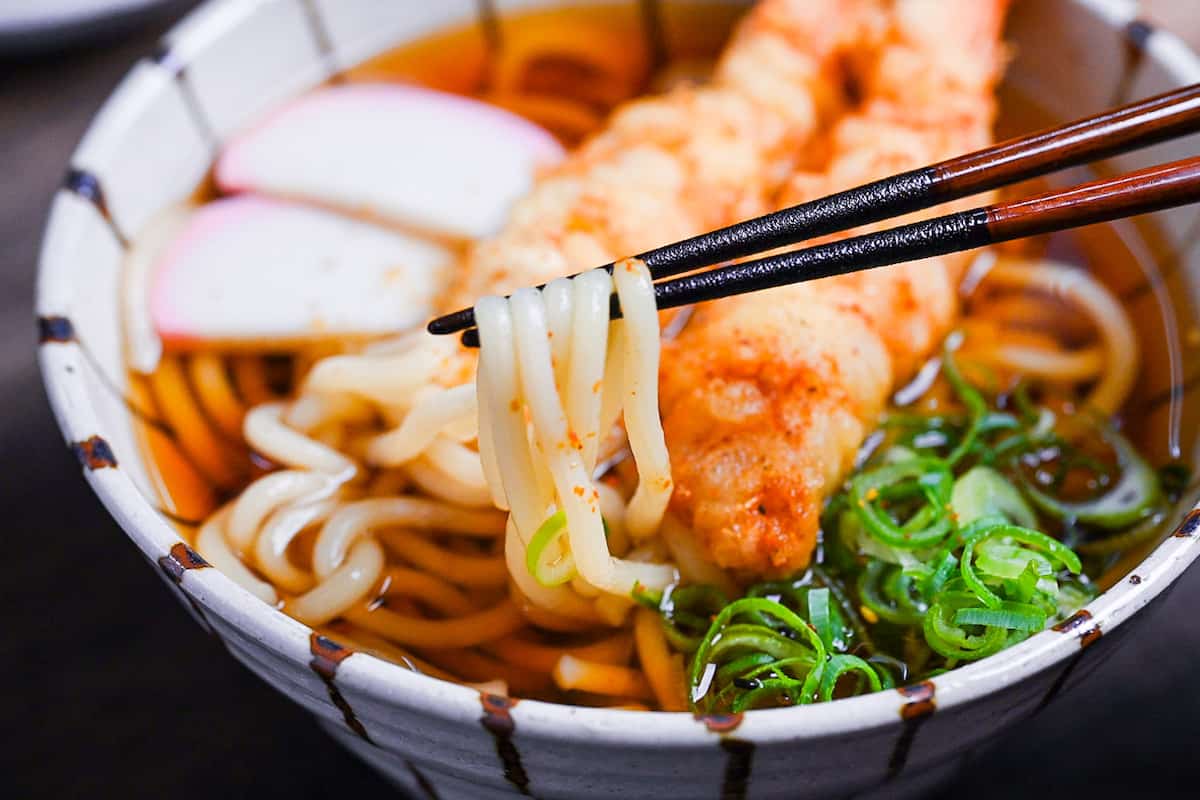
I consider this Ebiten Udon the ultimate udon dish.
The combination of textures and flavors-from the springy noodles and savory broth to the crispy, juicy shrimp-is incredibly satisfying.
12. Perilla Leaf Tempura

Shiso leaves, with their unique aroma and delicate texture, are transformed into crispy delights in this recipe. I find that the subtle fragrance of shiso goes really well with the crispiness of the tempura.
This snack-like tempura is a refreshing alternative to the usual options. It’s light and has a unique taste that make it a great addition to any tempura mix.
13. Chikuwa Isobe Age

Chikuwa Isobe-age is a simplified variation of tempura made with Japanese fish cakes coated in a crispy batter flavored with powdered nori (aonori).
This recipe is quick, easy and can be used for many different ingredients!
14. Vegetable Tempura Udon
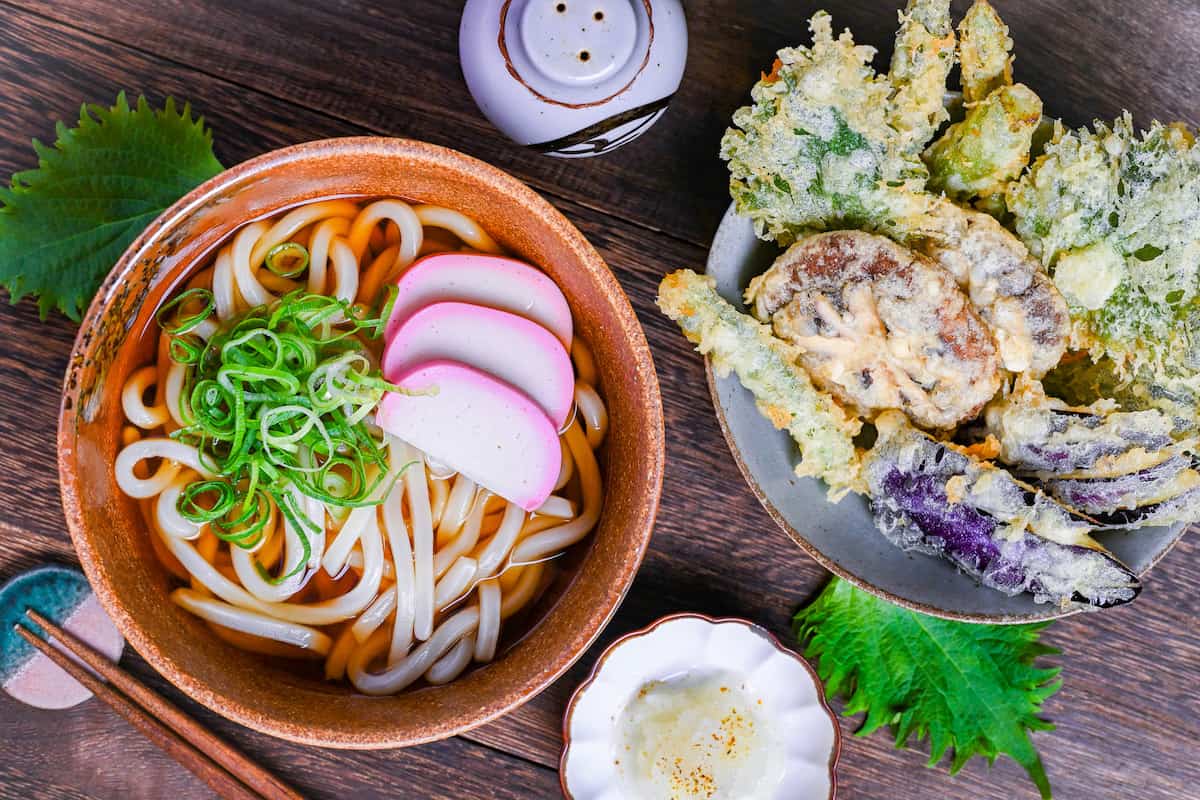
In this recipe, chewy udon noodles are served in a warm dashi-based broth, accompanied by an assortment of crispy vegetable tempura.
If you’re looking to make vegetable tempura, this recipe is a great option!
15. Asparagus Tempura

Asparagus tempura is crispy on the outside and tender on the inside. Its long shape makes it fun to eat and perfect for dipping. I love how its natural sweetness stands out when fried.
This tempura is a great way to enjoy vegetables in a different form. It’s simple, seasonal, and works great as a snack or appetizer.
16. Sweet Potato Tempura
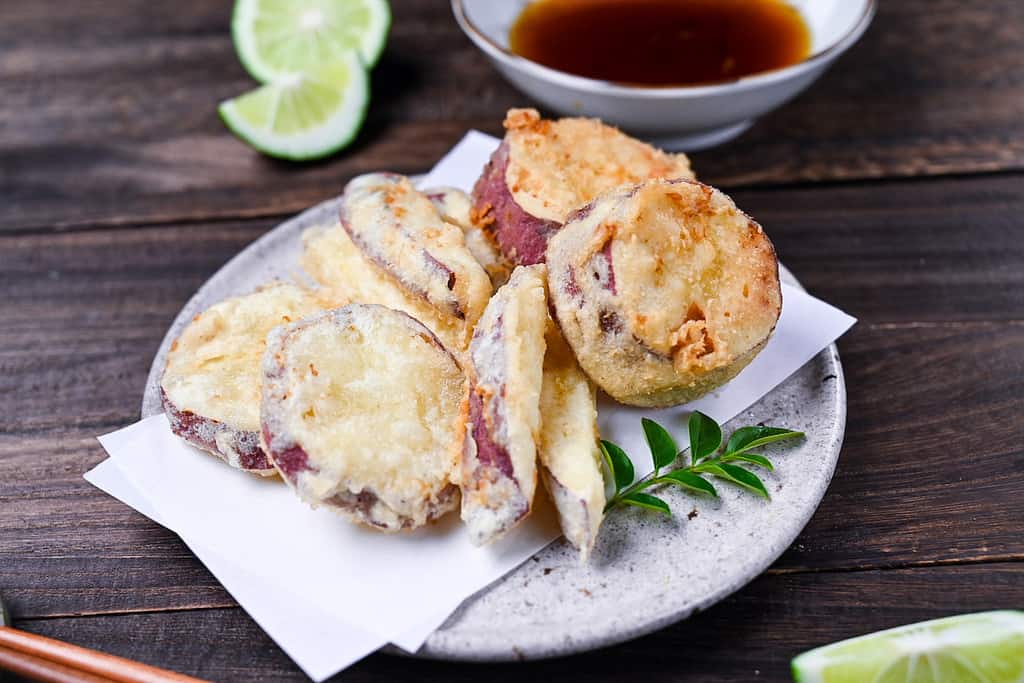
This recipe highlights the exceptional qualities of Japanese sweet potatoes in tempura form. I guide you through the process of preparing them, including three different cutting methods to suit your preference.
Whether you prefer thin, crispy slices or thicker, tender pieces, this recipe has you covered.
17. Eggplant Tempura

Eggplant is one of my favorite tempura ingredients!
In this recipe, I introduce three distinct cutting techniques-thin slices, thick rounds, and the elegant suehiro fan cut-each offering a unique texture and presentation. The suehiro cut, in particular, creates a beautiful fan shape that’s perfect for special occasions.
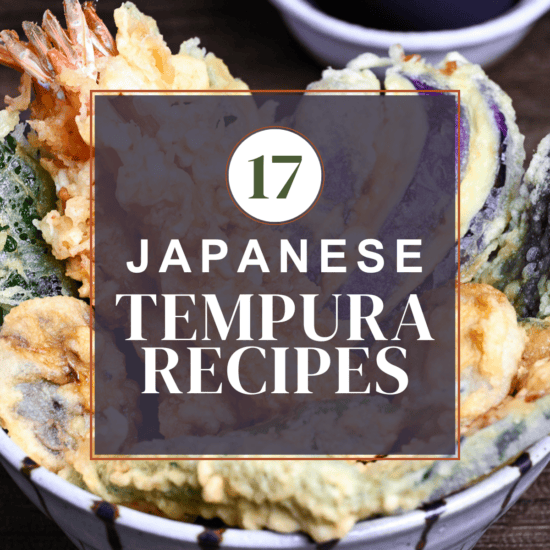

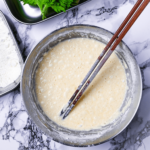




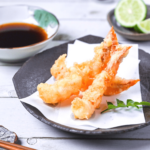

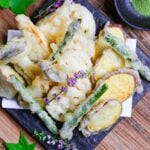

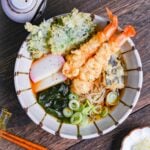
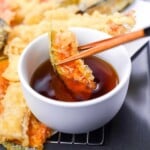

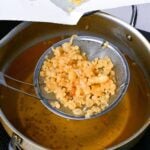
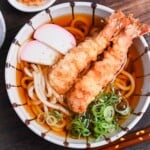

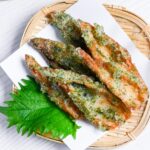



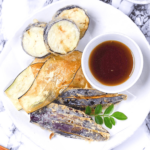
Leave a rating and a comment